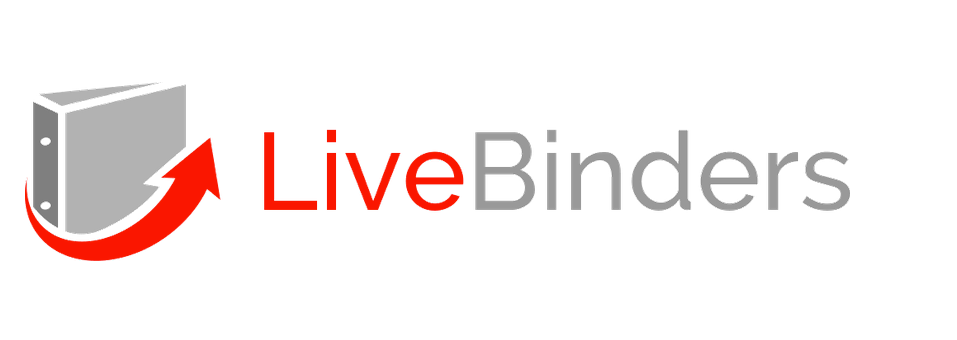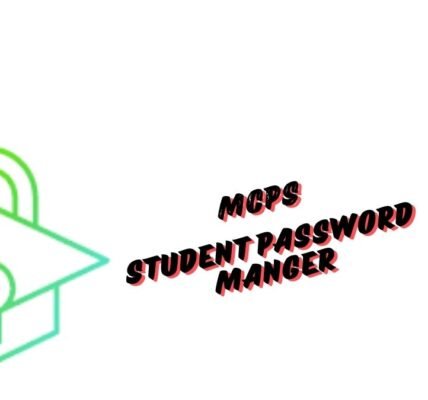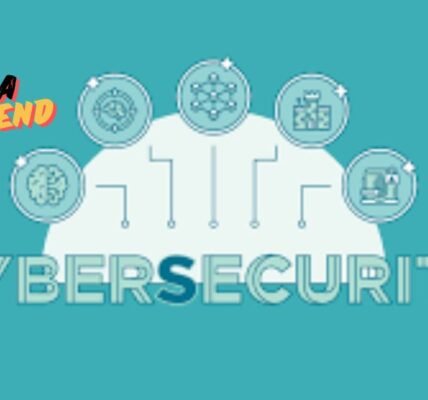Introduction to LiveBinder
Research can often feel like a chaotic whirlwind of information. From articles and studies to videos and images, it’s easy to lose track of valuable materials that could enhance your work. Enter LiveBinder—a tool designed specifically for organizing all those research gems in one convenient place. Imagine having a digital binder at your fingertips where you can seamlessly compile, categorize, and access everything you need for your projects.
Whether you’re a student tackling an assignment or a professional diving into extensive research, LiveBinder offers the structure you crave without sacrificing flexibility. It’s time to take control of your research process and transform how you gather information. Ready to discover the ins and outs of this powerful platform? Let’s dive in!
Benefits of Using LiveBinder for Research
LiveBinder streamlines your research process like no other tool. With its intuitive interface, you can easily create digital binders to store and organize all your materials in one place.
The ability to customize each binder with tabs allows for easy navigation. You can categorize by topic or project, making it effortless to find exactly what you need when you need it.
Additionally, LiveBinder supports various content types—documents, links, videos—all integrated seamlessly. This versatility means that whether you’re gathering articles or multimedia resources, everything remains accessible.
Collaboration is another significant advantage. Whether working on a group project or sharing findings with peers, LiveBinder makes teamwork simple and efficient.
Moreover, its cloud-based storage ensures that your research is safe and retrievable from any device at any time. No more lost files or forgotten bookmarks—just organized information ready for action.
Setting Up Your Account and Creating Binders
Getting started with LiveBinder is a breeze. First, visit the website and sign up for a free account. You’ll need to provide an email address and create a password. Just like that, you’re on your way.
Once logged in, it’s time to create your first binder. Click on “Create Binder” and give it a name that reflects its purpose—this makes searching easier later on. You can also add a description if you wish.
Next, customize your binder by choosing colors or themes that resonate with you. A visually appealing setup helps keep motivation high during research sessions.
Afterward, start adding tabs to categorize different topics within the binder. This organization method allows for easy navigation through various materials related to your project or study area. The structure enables quick access when needed most without digging through endless documents.
Organizing Your Research Materials in LiveBinder
Once you’ve set up your LiveBinder, it’s time to dive into organizing your research materials. Start by creating distinct binders for different projects or topics. This keeps everything streamlined and easily accessible.
Within each binder, you can add tabs to categorize information further. Consider using tabs like “Articles,” “Videos,” or “Notes.” This way, you know exactly where to look when you’re in a pinch.
Adding links is simple; just drag and drop them into the appropriate tab. You can also upload documents directly from your computer or cloud storage services like Google Drive.
Don’t forget about adding descriptions for each item! A brief note on why something is relevant can save you time later when reviewing your work. As you continue researching, keep refining this organization as new materials come in—adaptability ensures efficiency in keeping track of all those resources at hand.
Utilizing the Collaboration Features of LiveBinder
LiveBinder’s collaboration features bring a new dimension to teamwork. With the ability to invite others to your binder, sharing insights and resources becomes effortless.
You can assign different roles based on each member’s expertise. This flexibility allows for streamlined contributions without chaos. Whether it’s students working on a group project or researchers pooling their findings, everyone has a chance to shine.
Real-time updates mean that you stay in sync with your team. When one person makes changes, everyone sees them immediately. This encourages dynamic discussions as ideas evolve organically.
Comments and annotations further enhance communication within the binder. Team members can leave feedback directly on pages, fostering an interactive environment that promotes growth and creativity.
Utilizing these collaborative tools not only improves efficiency but also builds camaraderie among participants as they navigate research together.
Tips for Efficiently Using LiveBinder for Research Projects
To get the most out of LiveBinder, start by tagging your materials. This makes it easier to find specific content later.
Use the “notes” feature to jot down important thoughts or summaries directly within your binder. It can help clarify your ideas without sifting through countless documents.
Regularly update and reorganize binders as you progress in your research. Keeping things fresh will save you time when you’re deep into a project.
Don’t forget about multimedia! Incorporate videos, images, and audio files to enrich your research experience. These elements can enhance understanding and engagement.
If working with others, assign tasks using comments for better collaboration. Clear communication is key in group projects and helps streamline efforts significantly.
Explore the search function frequently. It’s a great way to quickly locate information amidst all of your organized resources.
Alternative Tools for Organizing Research
If you’re exploring options beyond LiveBinder, several tools can help streamline your research organization. Evernote is a popular choice for note-taking and clipping web articles. Its tagging system makes retrieval simple.
Another solid option is Zotero, especially for academic work. It allows you to collect and manage references seamlessly while generating bibliographies with ease.
Trello offers a visual approach to managing tasks and materials through boards and cards. It’s great for those who prefer organizing projects in a more dynamic way.
For collaboration, Google Drive stands out. You can store documents, spreadsheets, and presentations all in one place while sharing them effortlessly with peers.
Notion combines databases with notes, making it versatile for various types of research projects. With its customizable templates, you can tailor the experience to fit your needs perfectly.
Conclusion
Organizing research can often feel like a daunting task, but leveraging tools like LiveBinder can transform the way you manage your information. With its user-friendly interface and collaborative features, it allows for seamless organization of diverse materials.
By setting up an account and creating well-structured binders, you’ll find that keeping track of resources becomes more straightforward than ever. Plus, with options to collaborate with peers or colleagues, sharing knowledge has never been easier.
For those looking for alternatives, there are other platforms available that might suit different needs. However, many users find that LiveBinder strikes the right balance between functionality and simplicity.
Embracing this tool not only enhances your productivity but also ensures that you’re always prepared when it’s time to put your findings into action. Whether you’re a student tackling an assignment or a professional conducting in-depth research, organizing your insights is key to success moving forward.
you may also read usauptrend.




